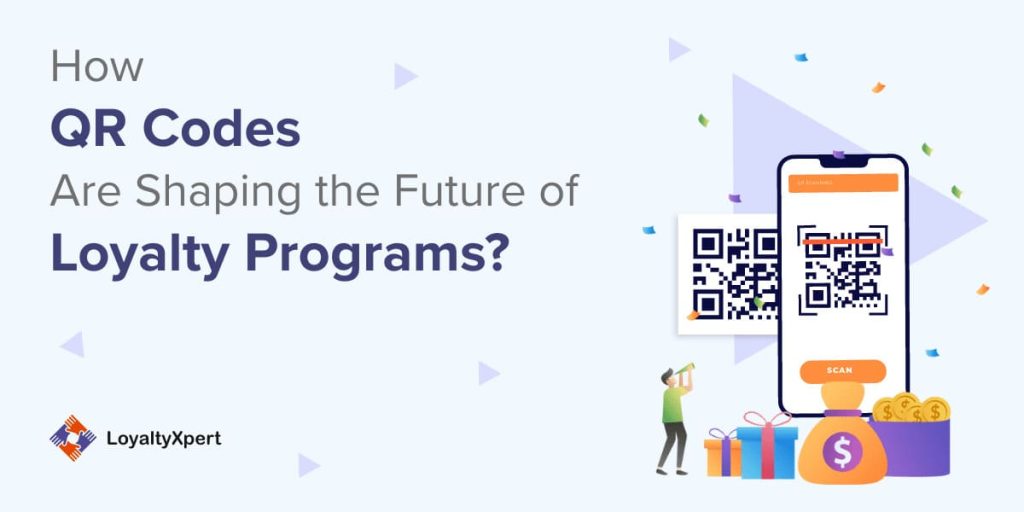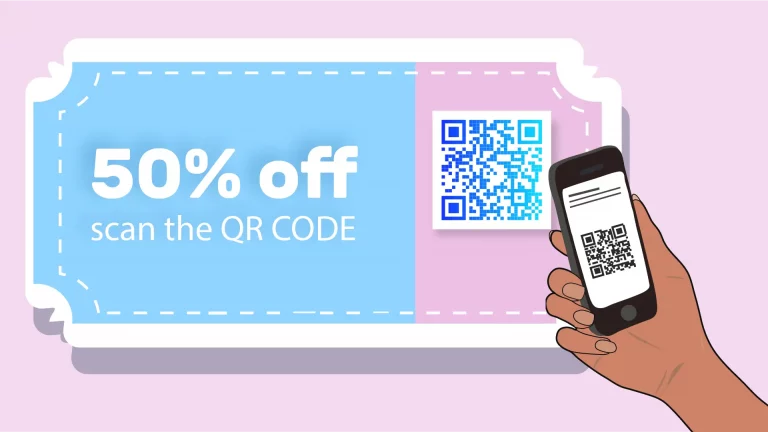Why Every Organization Should Have a Loyalty System to Reward Customers
Why Every Organization Should Have a Loyalty System to Reward Customers
Blog Article
Optimize Interaction With an Efficient Loyalty System Technique
In today's competitive landscape, a reliable commitment system strategy is vital for making the most of client interaction. Services should prioritize a nuanced understanding of client choices and emotional triggers, utilizing data analytics to develop customized rewards.

Understanding Customer Demands
Comprehending client needs is extremely important for the success of any kind of loyalty system method. An extensive grasp of what drives consumer behavior enables services to tailor their programs properly. This includes not only acknowledging the preferences and acquiring practices of consumers however likewise comprehending their emotional triggers and inspirations.
To achieve this, organizations ought to leverage information analytics and customer responses mechanisms. Assessing acquisition background, involvement patterns, and demographic info provides important insights right into consumer choices. Additionally, straight feedback via surveys or emphasis teams can illuminate certain wishes and pain factors that might not be apparent from transactional information alone.

Inevitably, a deep understanding of client needs fosters more powerful relationships, enhances client complete satisfaction, and promotes retention. This fundamental knowledge allows companies to design loyalty efforts that resonate with their audience, consequently driving involvement and motivating long-term brand loyalty.
Creating Reward Frameworks
Developing efficient reward frameworks is important for an effective loyalty system, as they directly influence customer interaction and retention. To create an impactful incentive structure, organizations must straighten their offerings with customer preferences and behaviors. This entails comprehending the motivations behind customer commitment, such as price cuts, special deals, or experiential incentives.
A tiered reward system can incentivize much deeper customer engagement by providing increasingly beneficial incentives as clients get to greater spending levels. This motivates recurring interaction and grows a sense of achievement amongst participants. Loyalty System. Additionally, providing customized incentives based upon individual acquisition background can enhance the perceived worth of the loyalty program, making customers really feel comprehended and valued
Furthermore, it is important to make certain that the incentives are attainable. If customers view benefits as too hard to attain, they may disengage from the program entirely. Stabilizing possible goals with aspirational incentives promotes a favorable experience, urging constant involvement.
Making Use Of Innovation Properly
As services progressively identify the significance of loyalty programs, effectively using innovation becomes extremely important to their success. Advanced information analytics tools enable firms to gather and analyze consumer behavior patterns, allowing the development of individualized marketing approaches that resonate with specific choices. By leveraging consumer relationship administration (CRM) systems, services can track interactions and reward redemptions, guaranteeing a smooth experience for members.
Mobile applications play a crucial duty in boosting customer involvement by offering simple accessibility to loyalty program details and benefits. These applications can assist in real-time notifications regarding promos, which encourages timely involvement. Furthermore, incorporating social networks platforms right into loyalty programs not just boosts presence however also fosters area engagement, enabling consumers to share their experiences and incentives.
In addition, using synthetic intelligence (AI) can automate consumer communications, supplying tailored suggestions and boosting response times. This technology not only improves the customer experience however also makes it possible for companies to optimize their commitment techniques based on anticipating insights. Ultimately, the efficient use innovation in loyalty programs not only raises customer complete satisfaction however also drives long-lasting retention, ensuring that companies remain competitive in a quickly evolving market.
Interacting Value Recommendations
How can organizations successfully connect their worth recommendations to boost consumer loyalty? To achieve this, organizations should initially recognize and express the unique advantages their loyalty programs supply. This calls for a clear understanding of client demands and preferences, permitting companies to tailor their messages accordingly.
Making use of several interaction networks is crucial. Email newsletters, social networks, and in-store signs can all offer as platforms to communicate worth propositions here properly. Consistency in messaging across these channels reinforces the commitment program's advantages and ensures that customers stay informed.
Moreover, narration can enhance interaction by see this illustrating just how the loyalty program influences clients' lives. Sharing endorsements or instance research studies can develop a relatable narrative that reverberates with capacity and existing members. In addition, businesses should stress exclusivity and personalization, showcasing how commitment participants get access to unique rewards or experiences that non-members do not get.
Measuring Success and Comments
While implementing a commitment program can be a significant financial investment, measuring its success and celebration client responses are important steps that ensure its lasting efficiency. Establishing crucial efficiency indicators (KPIs) such as client retention prices, typical deal worth, and program enrollment rates gives a measurable framework to examine the program's impact. In addition, tracking involvement metrics like participation frequency and benefit redemption rates can expose understandings right into customer behavior and fulfillment.
Customer feedback is just as important. Using studies, focus groups, and social media sites listening can help gather qualitative data on consumer understandings of the loyalty program. This information enables businesses to recognize strengths, weak points, and areas for renovation. Frequently examining this comments makes certain the program stays aligned with client expectations and preferences.
In addition, benchmarking versus market requirements permits a comparative analysis to gauge the program's performance. By manufacturing both qualitative and measurable information, companies can make informed decisions around needed changes to improve the loyalty program. Loyalty System. Ultimately, a durable measurement and feedback technique not only shows the program's value yet also fosters an ongoing discussion with clients, reinforcing their commitment and commitment to the brand
Conclusion
A reliable loyalty system strategy calls for a detailed understanding of client needs, the design of appealing incentive structures, and the competent use modern technology. By clearly communicating worth proposals and continually determining success via comments, companies can develop a dynamic setting that promotes customer involvement and loyalty. Eventually, the integration of these aspects enhances customer satisfaction and drives sustained engagement, resulting in lasting success and success in a competitive industry.
Producing reliable reward structures is crucial for a successful loyalty system, as they straight affect customer interaction and retention.A tiered incentive system can incentivize deeper client engagement by supplying significantly important benefits the original source as consumers get to greater spending levels. Furthermore, supplying personalized benefits based on individual purchase background can boost the regarded value of the loyalty program, making customers feel understood and appreciated.
Furthermore, incorporating social media systems right into commitment programs not just enhances visibility yet also fosters neighborhood interaction, permitting consumers to share their experiences and incentives.
Ultimately, the reliable usage of modern technology in commitment programs not just boosts consumer satisfaction however likewise drives long-lasting retention, making certain that organizations continue to be affordable in a quickly progressing market.
Report this page